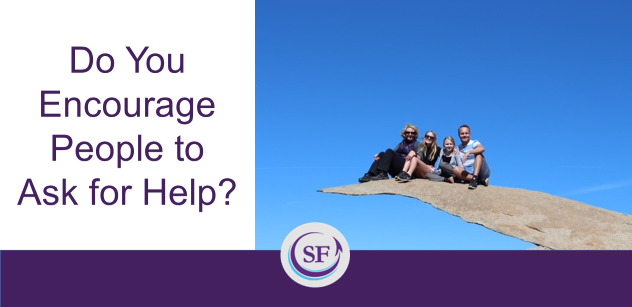After a grueling 90-minute uphill hike, two major obstacles were preventing me from the ultimate goal: the famous Potato Chip Rock photo op.
I needed to mount a huge bolder and then somehow cross what appeared to be an endless ravine leading to the ledge. I studied the techniques the other (much younger) climbers used, but with a recent knee replacement, I simply couldn’t climb up the big bolder or jump across the ravine.
So, I yelled from the base of the huge bolder, “Is there a strong young man up there who could help me lift me up?” A man crouched, steadied himself, and held out his hand. I couldn’t reach it. Suddenly I felt someone pushing me from behind, I grabbed the man’s hand and found myself flying up the rock. But the ravine was another matter. The only approach seemed to be jumping across.
That’s when I noticed a strapping young man straddle the ravine and lift his terrified girlfriend to the other side. I boldly asked him, “If I take your photo, would you be willing to help me across? I can’t make the jump.” After taking his photo, people helped me slide into position so he could carry me across.
What happened next is the real lesson from the day. Getting back across the ravine would be more of a challenge. Suddenly, there was a committee figuring out how to help. One man knelt, giving me his knee as a launching pad as two men on the other side facilitated me across. And then, a chain reaction. Each group coming up to the ravine began helping each other across. We were all laughing and thanking each other. What had been a cue of hikers waiting their turn to cross the ravine for photos became a community finding more innovative ways to help launch and lift. The time between photos was shortened considerably.
Why did it take an old lady with an artificial knee to break the barrier of “I-have-to-do this-on-my-own-without-help” mentality? Hundreds of hikers reached the top of the mountain without having their photo on the famous rock because they couldn’t find a way to navigate the obstacles. Why are we so adverse to asking for help? For some of us, it may be ego or fear of being vulnerable. But, for most of us, it’s simply that we’re not aware of the beauty of being interdependent.
One of our basic psychological needs is for relatedness. We experience relatedness when we find meaning in our work and purpose in our goals. But, the primary way we satisfy relatedness is through authentic relationships and a sense of belonging.
Getting my Potato Chip Rock photo was thrilling, but what I hadn’t anticipated was changing the dynamic on top of the rock. The greatest thrill of the day was seeing people enthusiastically being of service. I’ve seen research proving the axiom that giving is more precious than receiving. Last Saturday, I saw it in action.
When I see this photo, I don’t see me triumphantly alone on the ledge, I feel the support of my friends and a community who helped me get there.
As a leader, I challenge you to be a role model for asking for help when you need it. Encourage the people you lead to ask for the help they need. Productivity will increase. The wonderful irony is that, when you ask for help, you not only experience an intense sense of gratitude for what you receive, but you also help others experience the joy of interdependence and contributing to something greater than themselves.
Susan Fowler is the co-author of the newly revised “Self Leadership and The One Minute Manager” with Ken Blanchard and Laurence Hawkins, and lead developer of The Ken Blanchard Companies’ Self Leadership product line. She is also the author of the bestseller “Why Motivating People Doesn’t Work… and What Does.” Fowler is a senior consulting partner at The Ken Blanchard Cos. and a professor in the Master of Science in Executive Leadership Program at the University of San Diego.
If you enjoyed this article, join SmartBrief’s e-mail list for our daily newsletter on being a better, smarter leader. We also have more than 200 industry-focused newsletters, all free to sign up.
